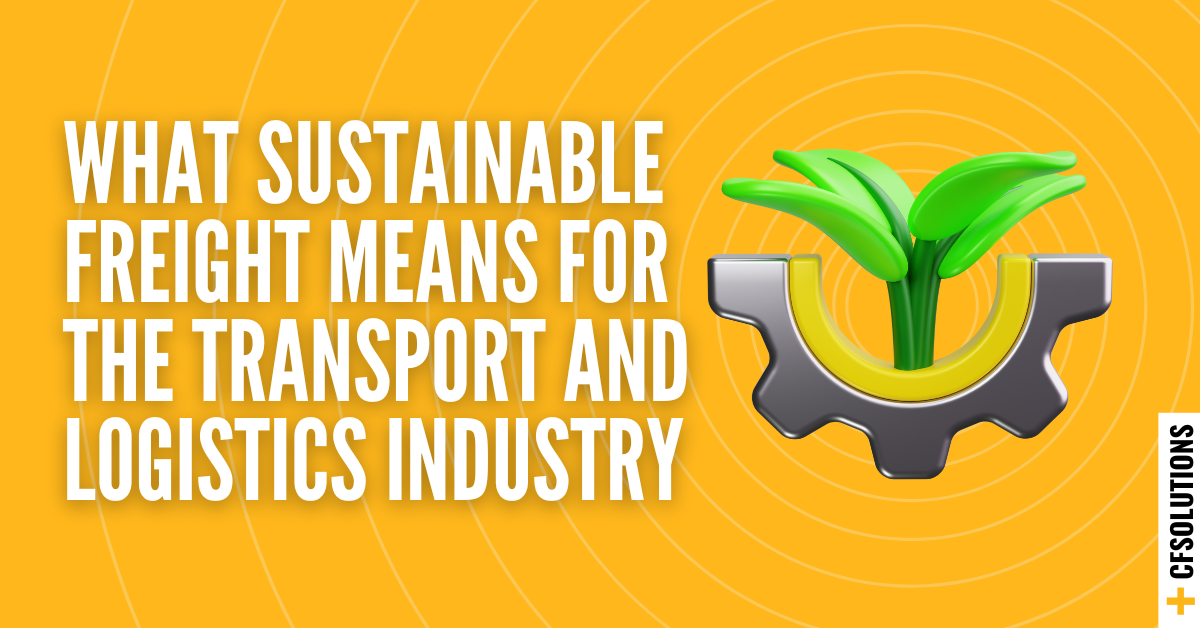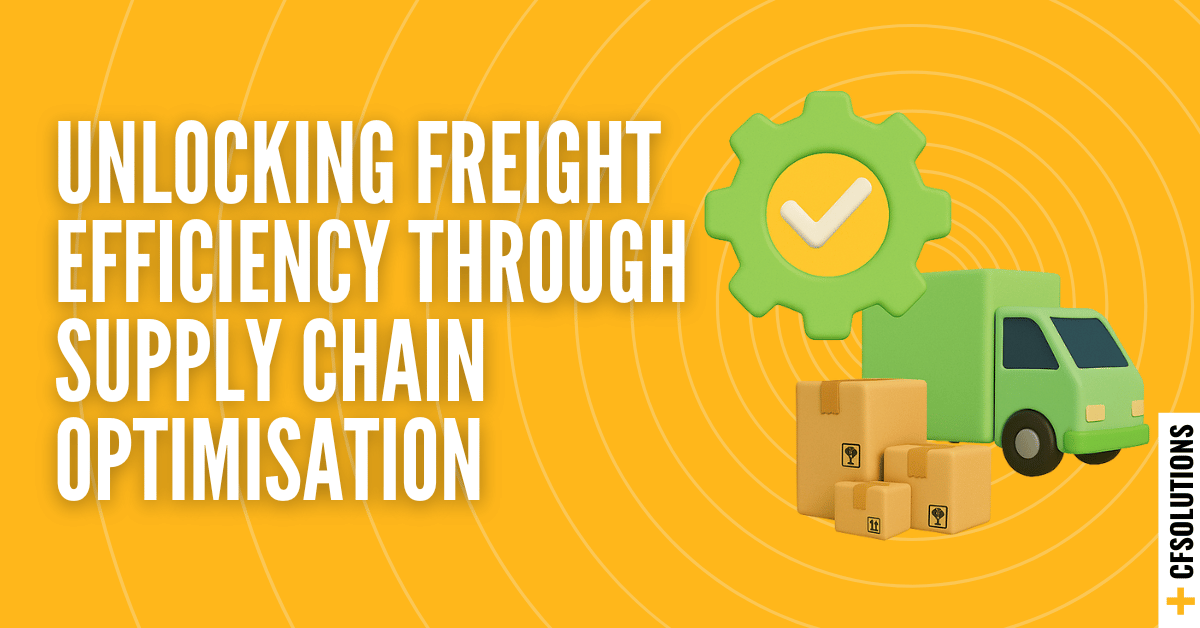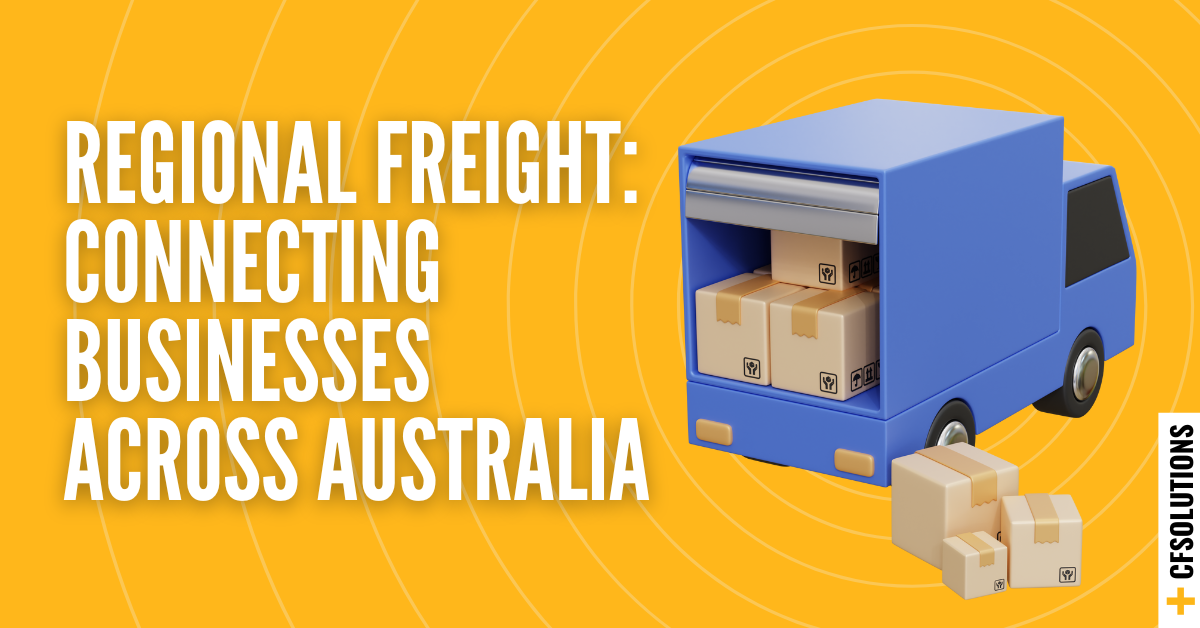
Sustainability is quickly becoming a core focus in the freight and logistics industry. What was once seen as a nice-to-have is now part of mainstream operations, driven by rising fuel costs, stricter environmental targets, and growing customer expectations.
From electric vehicles in last-mile delivery to alternative fuels in heavy transport, the way goods are moved around Australia is changing. For businesses relying on freight, understanding this shift can help reduce risk, improve performance, and strengthen supply chain partnerships.
Why the Industry Is Shifting
Australia has committed to reaching net-zero emissions by 2050, and freight plays a significant role in reaching that goal. In response, the logistics sector is already seeing meaningful change.
Electric delivery vehicles are becoming more common in urban areas, especially among parcel and courier services. Some carriers are investing in biofuels and Sustainable Aviation Fuel, offering cleaner alternatives to traditional fuel sources. There’s also a stronger focus on route planning, load efficiency, and reducing empty kilometres through smarter dispatch models.
At the same time, customer expectations are evolving. Many businesses now want to work with partners who can help meet their environmental, social, and governance (ESG) goals, not just deliver freight.
What This Means for Your Business
Even if sustainability isn’t a primary focus for your business right now, these industry changes still have practical implications.
Efficiency gains, for example, don’t just reduce emissions; they can also reduce costs. Better route planning, smarter shipment consolidation, and reduced idling time all contribute to lower operating expenses over time. Choosing the right freight strategy can also support compliance with emerging sustainability standards, especially if your business reports on ESG metrics.
Working with providers who are actively embracing low-emission practices can also help you stay ahead of potential regulatory changes and avoid disruption later.
Simple Ways to Move Toward Sustainable Freight
Shifting to more sustainable logistics doesn’t need to be complex. Small steps often deliver meaningful results.
You might start by asking your freight provider if they can report on carbon emissions or suggest greener delivery options. If you ship regularly, consider consolidating deliveries where possible to reduce the number of trips. For longer-distance freight, it may be worth reviewing whether a rail or intermodal solution would offer better efficiency than road alone.
Even a short conversation with your logistics partner can uncover opportunities to improve your supply chain and reduce your environmental impact.
Looking Ahead
The transport and logistics sector is moving in a more sustainable direction. While some changes, like the widespread rollout of electric heavy vehicles, will take time, many businesses are already making measurable progress.
For companies that rely on freight to keep goods moving, this is a chance to build smarter, more resilient supply chains that align with long-term sustainability goals. The shift is happening now, and those who embrace it early are likely to benefit the most. Connect with our team to explore sustainable solutions tailored to your business needs.
Subscribe to our Newsletter or Follow Our Socials
Related Posts
- by Customised Freight Solutions
- 0 Comments
Unlocking Freight Efficiency Through Supply Chain Optimisation
Supply Chain Optimisation: How to Build a More Efficient and ...
Read More- by Customised Freight Solutions
- 0 Comments
Regional Freight Express: Connecting Businesses Across Australia
Managing freight in regional Australia comes with its own set of ...
Read More- by Customised Freight Solutions
- 0 Comments
Sustainable Freight: What It Means for Australian Logistics
Sustainability is quickly becoming a core focus in the freight and ...
Read More


